Focusing on reform and facilitating businesses when revising customs policies
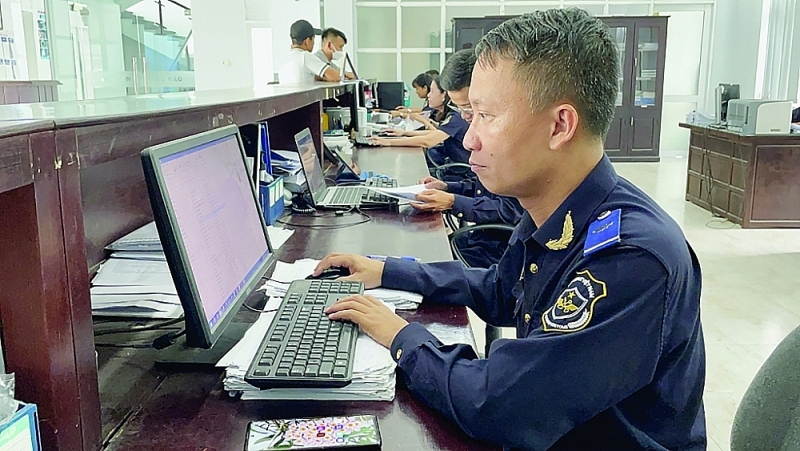 |
| Customs officers of Thuy An Customs Branch - Thua Thien Hue Customs Department at work. Photo: N.Linh |
Specifying regulations on the customs value
According to Deputy Director of the Customs Management and Supervision Department Dao Duy Tam, under the current regulations, if there are enough grounds to reject the declared value during customs clearance, the customs will ask the customs declarant to make additional declarations for customs clearance. If the declarant does not make additional declarations, the customs will impose a tax and reject the declared value.
In addition, if there is a doubt about the declared value, the customs will notify the customs declarant to consult the customs authority for customs clearance. However, there are problems due to inconsistency in consultations. The Customs authority does not apply risk management in the valuation inspection, leading to an increase in valuation declarations and businesses required for price consultations and increasing consultations, which will increase the workload for the customs.
Therefore, the draft circular to replace Circular 38/2015/TT-BTC and Circular 39/2018/TT-BTC will have many new points to overcome these shortcomings. For example, regarding consultation, the draft Circular supplements the case of indirect consultation applied to enterprises ranked from 1st-4th; and direct consultation applied to enterprises ranked from 5th to 9th (ranked by risk management); and provides additional documents related to the valuation.
Regarding the handling of consultation results, the draft Circular stipulates that for direct consultation, if the declared value and the customs value determined by the customs officer are different, the customs declarant is requested to explain, supplement and present documents to prove. If there are sufficient grounds to reject the declared value, the customs will reject the declared value, and if not, the declared value will be accepted.
According to the drafting Board, the cases of rejection of the declared value include: the customs declarant incorrectly applying the customs valuation method; the customs declarant cannot explain the difference between the customs value determined by the customs officer and the declared value when applying the same valuation method; the customs declarant neither carry out consultation procedures nor provide legal documents for the goodsand sign the Minutes of direct consultation
Notably, this draft circular abolishes the provision of one-time consultation for multiple uses of the results and specifies the customs value of the borrowed goods. Furthermore, the draft stipulates that the customs value of imported goods as borrowed goods is the entire value of the imported goods at the first import border gate, including the value of the borrowed goods and the transportation cost of the borrowed goods to the first import border gate.
Post-clearance audit to avoid duplication
According to the drafting Board, the new regulations on post-clearance audit focus on contents such as regulations on information collection and processing; procedures for suspending post-customs clearance inspection; handling of inspection results; conducting post-clearance inspection activities to avoid duplication; and clarifying areas for the declaration management area and registration.
For the collection of information, the draft provides regulations on information collection made in writing; and making working and delivery records. The draft circular stipulates procedures for suspending post-customs clearance audits for two cases: before and during post-customs clearance audits.
As for the suspension before post-customs clearance audit, the customs declarant is under inspection and investigation by the Customs, Tax, Inspectorate, State Auditor, and Police; or due to force majeure events.
The suspension during post-customs clearance audit applies to the following cases: to conduct verification and investigation at relevant agencies, organizations and individuals; due to force majeure events or other objective factors affecting the inspection time, or the customs declarant requests a suspension to handle and remedy problems caused by force majeure events or other objective factors affecting the inspection time.
Regarding the handling of post-customs clearance inspection results, the draft circular states specific cases to help enterprises take the initiative in coordination to handle inspection results.
In addition, there will be specific regulations on this issue to avoid overlap in post-clearance inspection activities. In case of detecting signs of violation of inspected contents or violations but no conclusion on signs of violation is issued, the unit detecting signs of violation shall report it to the General Department of Customs for consideration and decision on assigning a unit in charge of inspection as prescribed in Clause 1, Article 78 of the Law on Customs.
In case of post-clearance inspection, as prescribed in Clause 2, Article 78 of the Law on Customs, the customs authority must not duplicate the contents and violations inspected at the customs declarant's office.
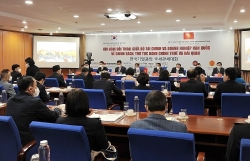 | Remove difficulties in customs – tax policies for Korean enterprises |
In case of post-clearance inspection, as prescribed in Clause 3, Article 78 of the Law on Customs, the customs authority shall follow the annual post-clearance inspection plan approved by the Director General of the General Department of Customs.
Related News
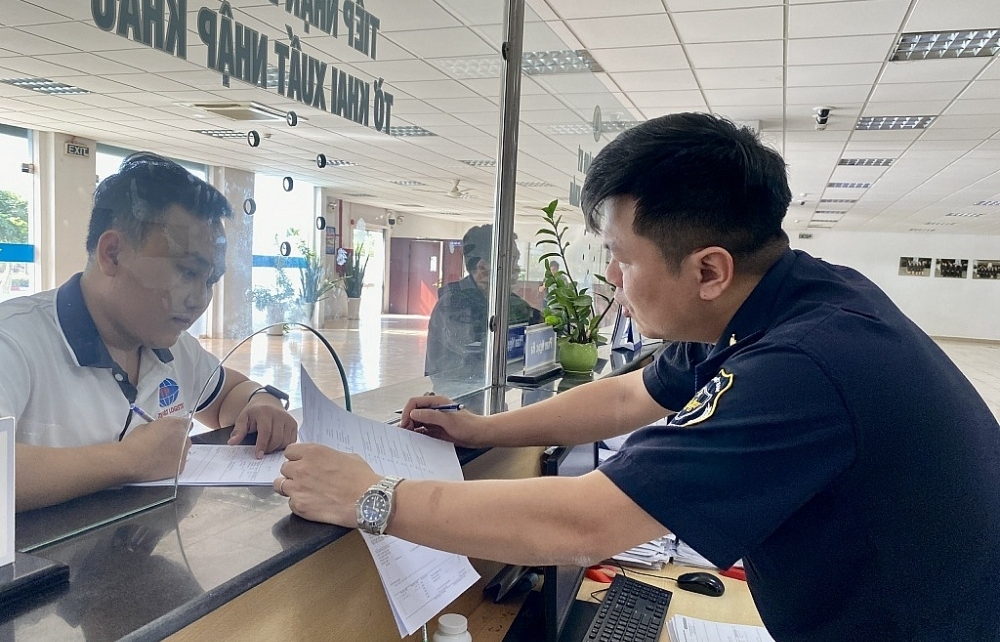
US$10.5 million in trade flows through Binh Duong Customs during Tet During the 2025 Lunar New Year
14:08 | 05/02/2025 Customs
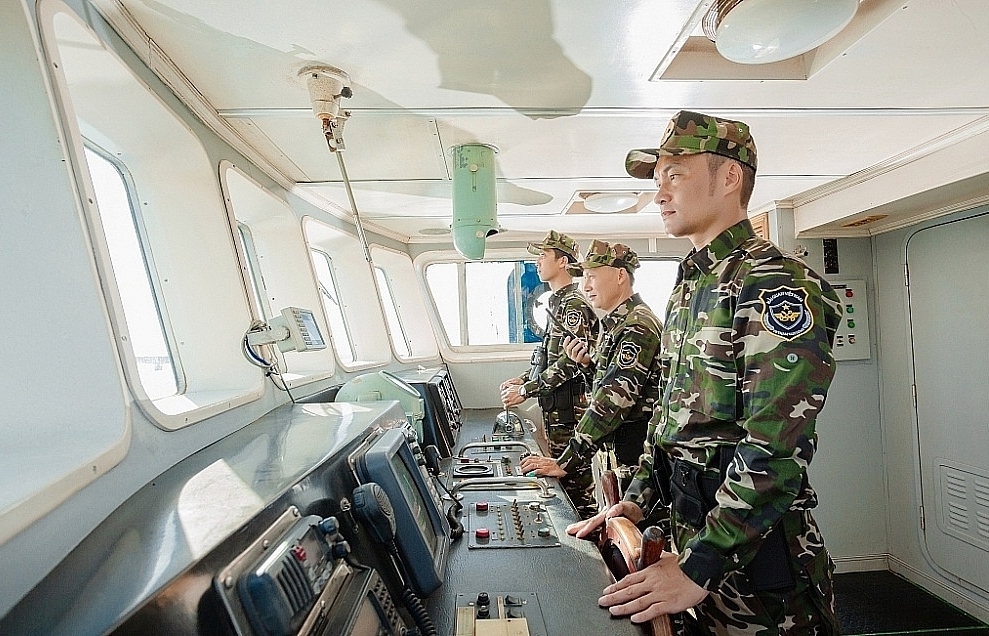
Vietnam Customs kicks off campaign for innovation, breakthrough, and growth
14:15 | 21/01/2025 Customs
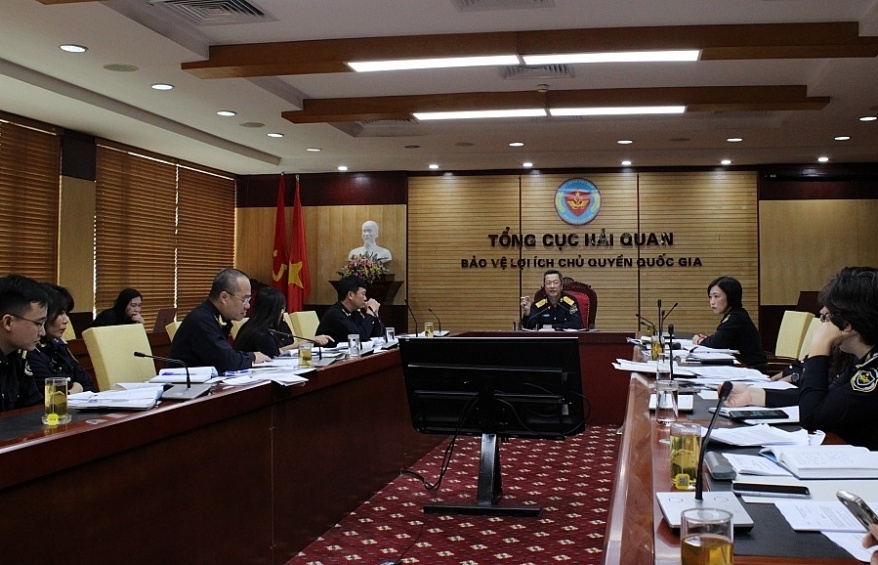
Vietnam Customs overhauls customs valuation management
08:08 | 16/01/2025 Customs
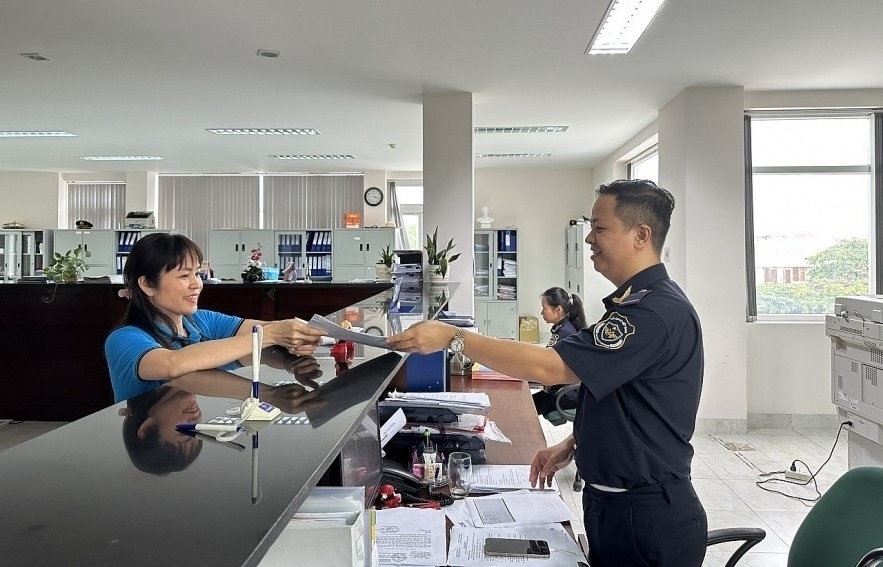
Ba Ria - Vung Tau Customs: A strategic partner in business success
22:00 | 31/12/2024 Customs
Latest News
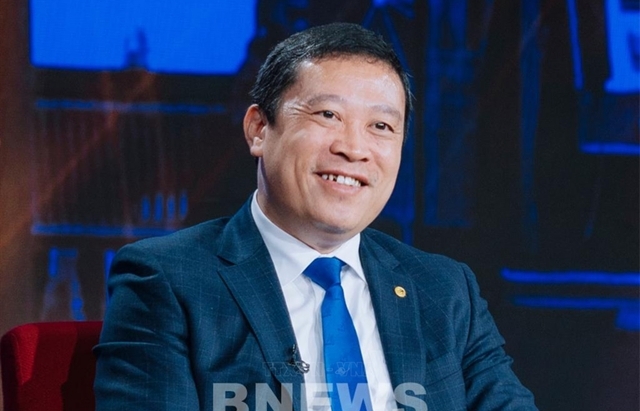
Embracing green exports: a pathway to enter global supply chains
10:33 | 20/02/2025 Import-Export
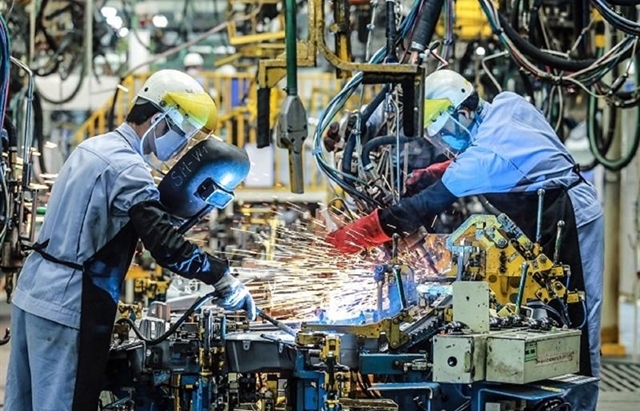
New policy proposed to prevent transfer pricing, tax evasion of FDI enterprises
10:32 | 20/02/2025 Import-Export
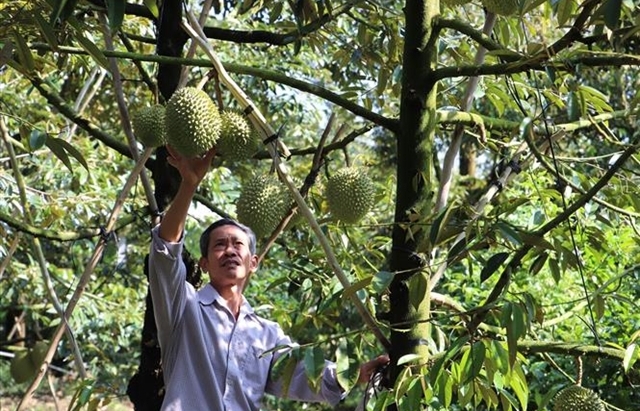
Việt Nam’s durian exports to China plummet by 80%
16:18 | 19/02/2025 Import-Export
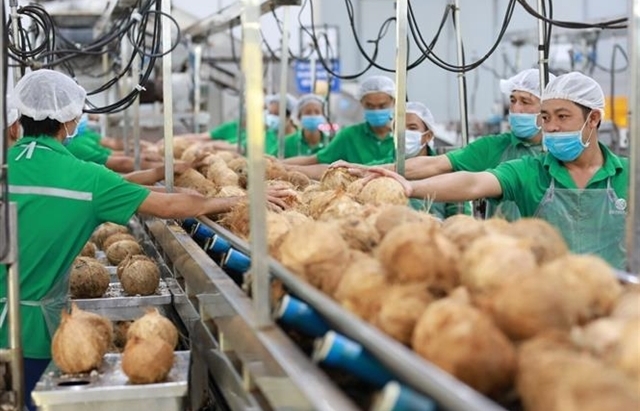
Coconut exports reach 14-year high
15:29 | 18/02/2025 Import-Export
More News

Shrimp exports grow in the first month of 2025
15:28 | 18/02/2025 Import-Export
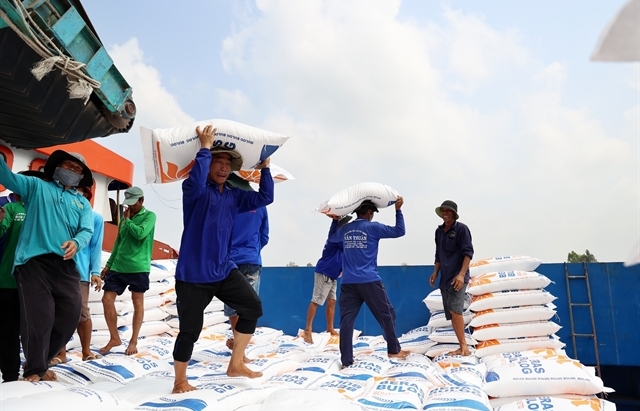
Rice export prices drop, but decline expected to be short-term
08:10 | 17/02/2025 Import-Export
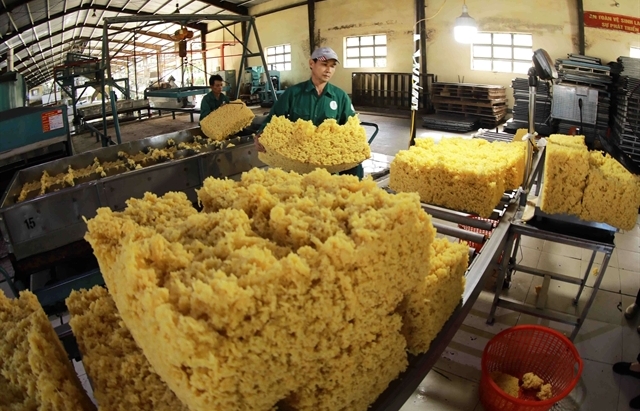
Key agro products expected to maintain export growth this year
08:08 | 17/02/2025 Import-Export
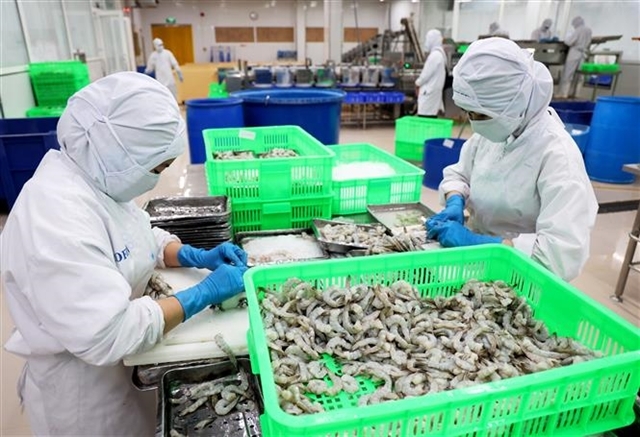
EU issues 12 warnings against Việt Nam’s food and agricultural exports
08:07 | 17/02/2025 Import-Export
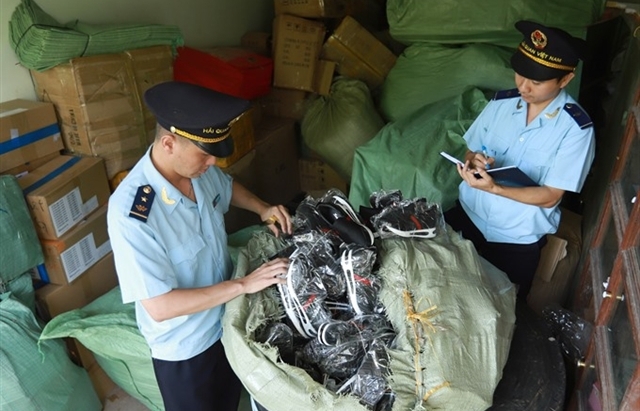
Việt Nam to impose VAT on low-value express-imported goods
08:06 | 17/02/2025 Import-Export

Exchange rate risks need attention in near future
16:31 | 15/02/2025 Import-Export
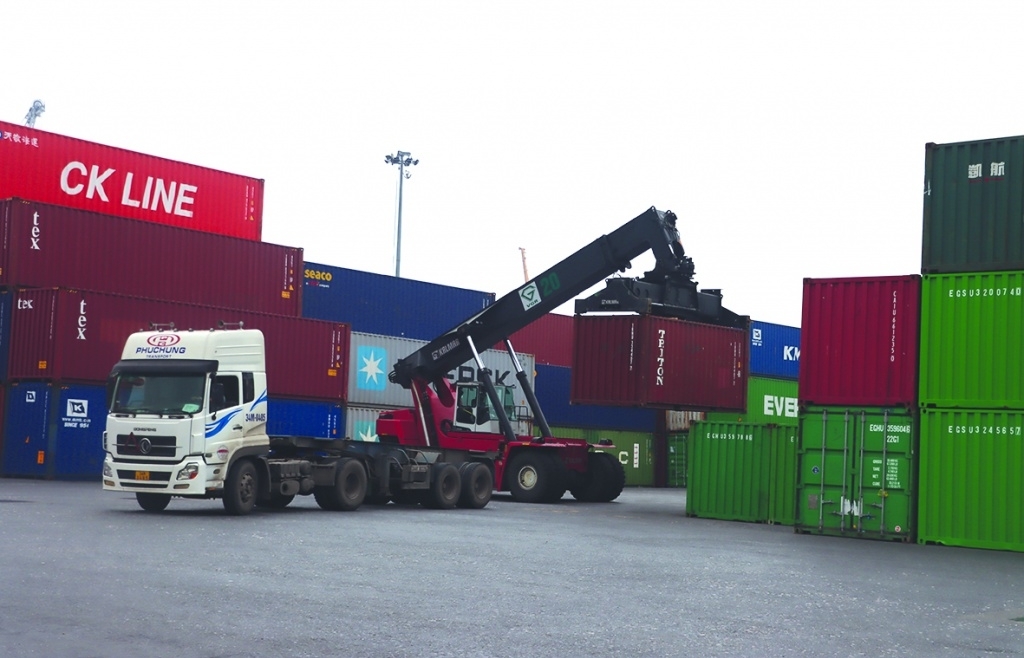
Vietnam kicked off the year with a strong start in trade, exceeding US$63 billion in the first month
16:30 | 15/02/2025 Import-Export
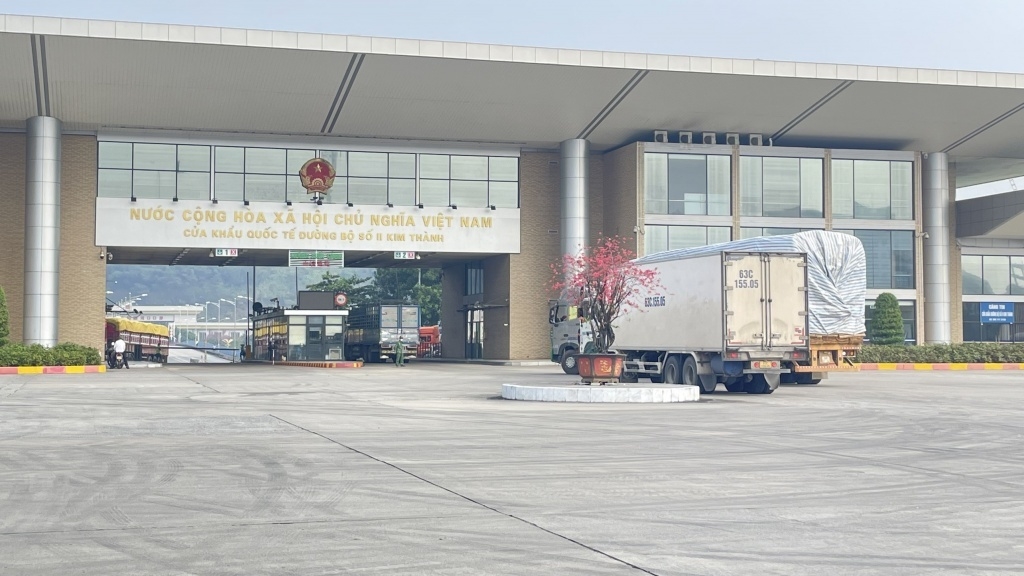
Import and export turnover reaches about US$29 billion in the second half of January 2025
14:52 | 14/02/2025 Import-Export

Market edges up slightly as liquidity remains low
14:48 | 14/02/2025 Import-Export
Your care
The system has not recorded your reading habits.
Please Login/Register so that the system can provide articles according to your reading needs.

Embracing green exports: a pathway to enter global supply chains
10:33 | 20/02/2025 Import-Export

New policy proposed to prevent transfer pricing, tax evasion of FDI enterprises
10:32 | 20/02/2025 Import-Export

Việt Nam’s durian exports to China plummet by 80%
16:18 | 19/02/2025 Import-Export

Coconut exports reach 14-year high
15:29 | 18/02/2025 Import-Export

Shrimp exports grow in the first month of 2025
15:28 | 18/02/2025 Import-Export
